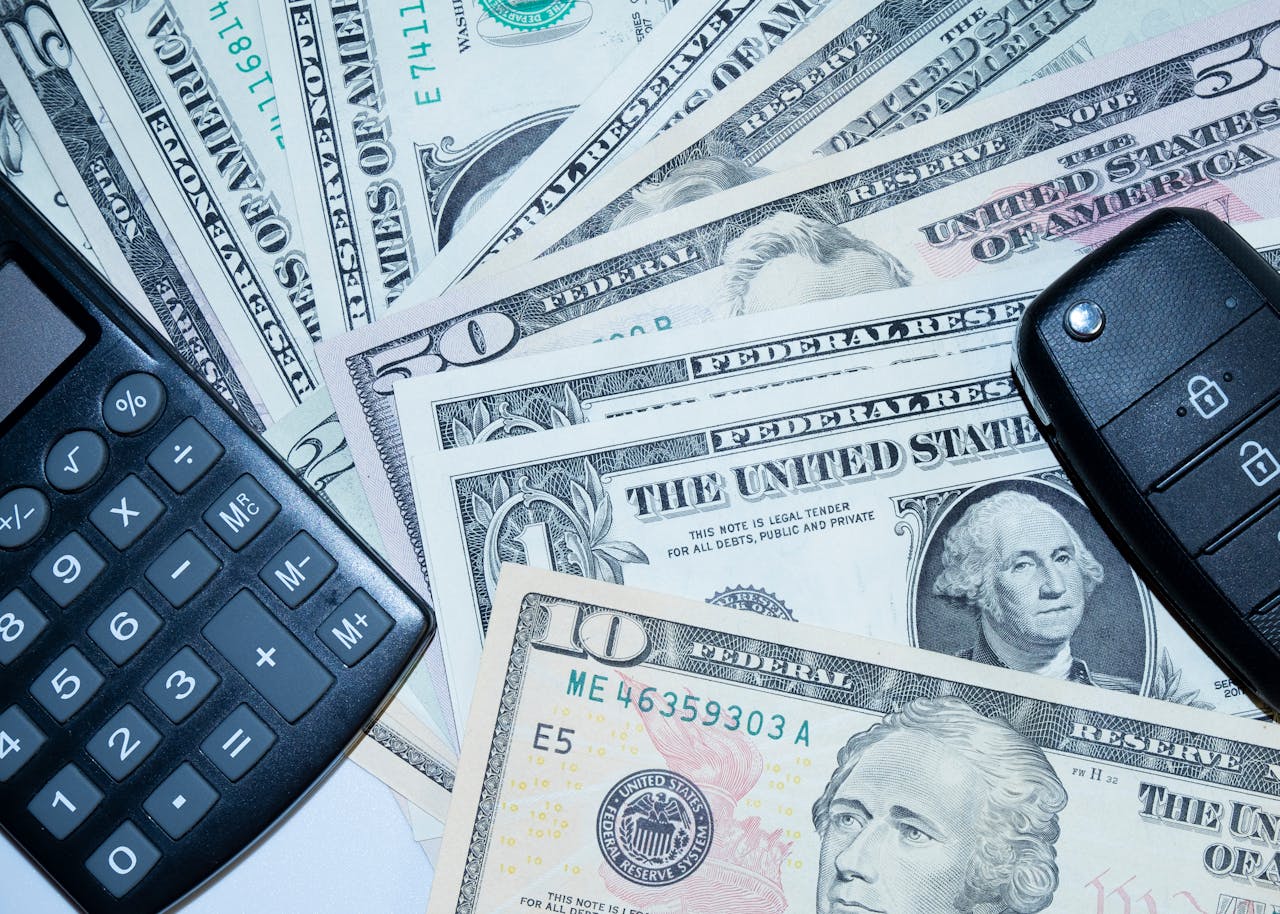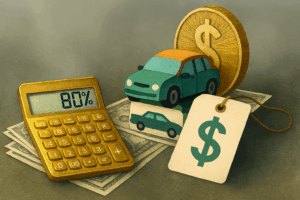Paying off debt is not just about discipline. It is about visibility. You cannot adjust what you cannot see. That is why spend tracking is one of the most powerful tools for refining your repayment strategy. It gives you a clear, real-time view of where your money goes, how much you can afford to pay, and where you can make meaningful changes.
Many people approach debt repayment with a fixed mindset. They choose a monthly payment, set it on autopilot, and hope for the best. But life is not static. Expenses shift. Incomes change. Emergencies happen. Without a system to monitor and adapt, even the best repayment plan can fall short.
Spend tracking bridges that gap. It turns your financial behavior into actionable data. And when used consistently, it helps you make smarter, faster decisions about how to manage and accelerate your debt payoff.
What Is Spend Tracking?
Spend tracking is the process of recording and categorizing every expense you make. It can be done manually with a spreadsheet, automatically through apps, or directly through your bank’s digital tools. The goal is to create a detailed, accurate picture of your cash flow or what comes in, what goes out, and what is left over.
Unlike traditional budgeting, which often relies on projected numbers, spend tracking focuses on actual behavior. It shows you what you are really spending, not what you think you should be spending. That distinction matters when you are trying to free up money for debt repayment.
Why It Matters for Repayment
Debt repayment is not just about making payments. It is about optimizing them. Spend tracking helps you do that in several key ways:
1. Identifying Hidden Drains
Small, recurring expenses often go unnoticed. A few streaming subscriptions, frequent takeout, or impulse purchases can quietly eat into your available funds. Spend tracking brings these patterns to the surface. Once you see them, you can decide what to cut, reduce, or replace.
Even trimming fifty to one hundred dollars per month can accelerate your repayment timeline significantly. That money can be redirected toward principal, reducing interest and shortening the life of the loan.
2. Adjusting to Income Changes
If your income increases, spend tracking helps you identify how much of that increase can be safely allocated to debt. If your income drops, it helps you scale back spending quickly and protect your repayment progress.
This flexibility is critical. A rigid plan that does not respond to real-world changes is more likely to fail. Spend tracking gives you the data to pivot without losing momentum.
3. Setting Realistic Payment Goals
Many people set repayment goals based on emotion or pressure. They want to be debt-free fast, so they commit to aggressive payments that are hard to sustain. Spend tracking grounds those goals in reality. It shows you what you can afford without sacrificing essentials or creating new debt.
This leads to more consistent progress. You avoid burnout, missed payments, and the temptation to give up when things get tight.
4. Measuring Progress Over Time
Tracking your spending also helps you measure the impact of your efforts. As you reduce expenses and increase payments, you will see your discretionary income grow. That feedback loop reinforces good habits and keeps you motivated.
It also helps you spot plateaus. If your progress stalls, you can revisit your spending data to find new opportunities for improvement.
How to Start Tracking Your Spending
You do not need a complicated system to begin. Start with these steps:
- Choose a method: Use a spreadsheet, a mobile app, or your bank’s built-in tools.
- Track everything: Record every expense, no matter how small. Accuracy is key.
- Categorize your spending: Group expenses into categories like housing, food, transportation, entertainment, and debt.
- Review weekly: Set aside time each week to review your data and look for trends.
- Adjust your repayment plan: Use what you learn to increase payments, shift due dates, or restructure your strategy.
Integrating Spend Tracking with Budgeting
Spend tracking and budgeting are not the same, but they work best together. Budgeting sets your intentions. Spend tracking shows your reality. When you compare the two, you can see where you are aligned and where you need to adjust.
For example, if your budget allocates three hundred dollars for groceries but your tracking shows you consistently spend four hundred, you have two choices. Either reduce your grocery spending or adjust your budget to reflect your actual needs. That clarity helps you make informed trade-offs and avoid shortfalls.
Spend tracking is not just about numbers. It is about awareness. It gives you the insight you need to take control of your finances and make smarter decisions. When applied to debt repayment, it becomes a dynamic tool for progress.




